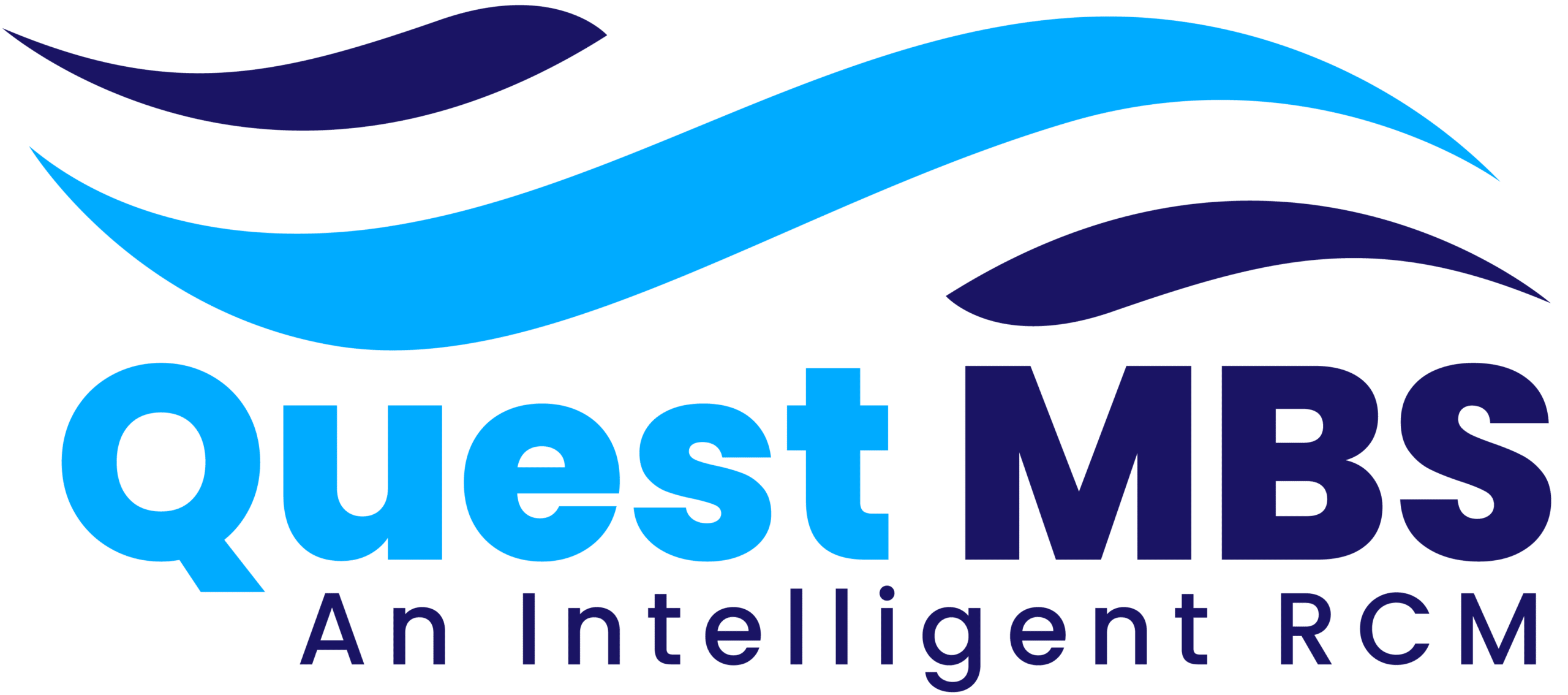Introduction: The Rise of Outsourced Medical Billing
As healthcare organizations face increasing complexity in billing regulations, rising claim denials, and staffing shortages, outsourcing medical billing has become a strategic move. Outsourcing allows healthcare providers to focus on patient care while relying on specialized partners to manage revenue cycle operations. However, to ensure transparency, efficiency, and financial performance, the right tools are necessary. These tools streamline communication, automate claim processing, and ensure coding compliance, all while maintaining regulatory standards.
1. Cloud-Based Billing Platforms:
A cloud-based billing system allows real-time access to billing data from anywhere, improving collaboration between in-house teams and outsourcing partners. These platforms integrate with practice management systems, support automated claim submission, and ensure secure data exchange. Cloud access also eliminates the need for local servers, reducing IT costs and boosting accessibility.
2. Integrated EHR and Billing Systems:
Seamless integration between electronic health records and billing tools ensures that clinical data directly supports claims. Outsourcing partners benefit from immediate access to documentation, improving coding accuracy and reducing the back-and-forth communication that often delays reimbursement. These integrated systems enhance the accuracy of charge capture and improve overall billing efficiency.
3. Automated Claim Scrubbing Tools:
Claim scrubbing software plays a vital role in outsourced billing by reviewing claims for compliance before submission. These tools catch errors related to codes, modifiers, and patient demographics. By reducing errors upfront, outsourced billing vendors can achieve higher clean claim rates and faster reimbursements for their clients.
4. Revenue Cycle Dashboards:
Real-time dashboards allow providers to monitor key revenue cycle metrics even when billing is outsourced. These tools display KPIs such as denial rates, days in A/R, net collection rates, and claim turnaround time. Transparency is key in outsourced billing relationships, and dashboards keep practices informed without micromanaging.
5. Denial Management Platforms:
Handling denied claims is a critical part of billing. Outsourced billing companies rely on denial management tools to quickly identify denial patterns, categorize rejection reasons, and manage appeal workflows. These platforms offer templates and tracking features that reduce revenue loss and ensure timely follow-ups.
6. Eligibility Verification Systems:
Before services are rendered, checking a patient’s insurance eligibility ensures coverage and prevents claim rejections. Automated tools used by outsourcing teams validate eligibility in real time and update the practice accordingly. This ensures that front-desk staff are always informed, even if billing happens remotely.
7. Patient Payment Portals:
Outsourcing billing doesn’t mean giving up patient engagement. Payment portals allow patients to view their bills, make payments, and set up payment plans online. These tools increase transparency, reduce payment delays, and give outsourced billing teams a way to manage patient collections more effectively.
8. Secure Communication Platforms:
Effective communication between providers and outsourced billing partners is essential. Secure messaging tools and collaboration platforms ensure that patient data is shared safely while maintaining HIPAA compliance. These platforms also allow task assignment, file sharing, and audit trails to streamline operations.
9. Compliance Monitoring Tools:
To avoid penalties and stay aligned with payer and federal guidelines, billing partners use compliance monitoring tools. These platforms provide real-time alerts on rule changes, audit trends, and documentation gaps. Automated updates to billing codes and payer requirements keep the billing process current and error-free.
10. Charge Capture Applications:
Mobile charge capture apps allow providers to record services immediately after patient encounters, ensuring that no billable procedures are missed. Outsourced billing teams rely on these entries for coding and claim submission. Accurate and timely charge capture reduces missed revenue opportunities.
11. AI-Powered Coding Tools:
Artificial intelligence enhances coding accuracy by analyzing documentation and suggesting appropriate ICD-10, CPT, and HCPCS codes. These tools help outsourced coders increase efficiency and reduce the likelihood of audits. They also provide coding suggestions based on payer-specific rules.
12. Predictive Analytics Tools:
Predictive billing analytics allow outsourcing vendors to anticipate revenue trends, detect bottlenecks, and identify high-risk claims. These insights help optimize workflows and prioritize high-value tasks. Predictive tools support proactive decision-making and long-term financial planning.
13. Clearinghouse Integrations:
A clearinghouse acts as a bridge between providers and payers. Integrating a clearinghouse with outsourced billing systems ensures faster, more accurate claim transmission. It also supports eligibility checks, remittance advice, and real-time claim tracking. Strong clearinghouse support reduces claim rejections and improves cash flow.
14. Reporting and Auditing Software:
Regular audits are essential in outsourced billing. Advanced reporting tools generate detailed financial and operational reports, enabling providers to review performance regularly. These tools offer custom reports on coding accuracy, denial causes, and reimbursement rates, making it easier to evaluate vendor performance and maintain accountability.







